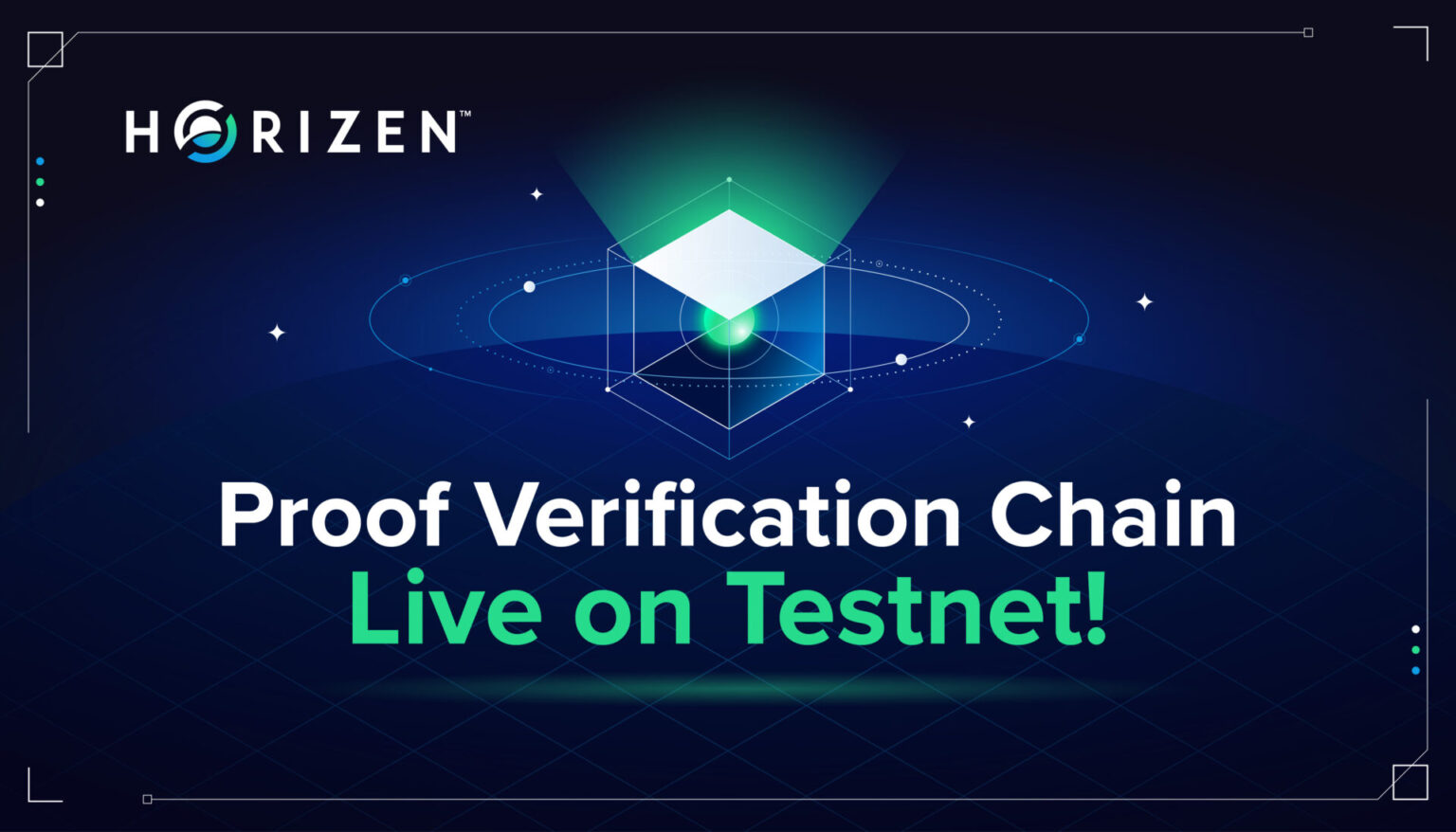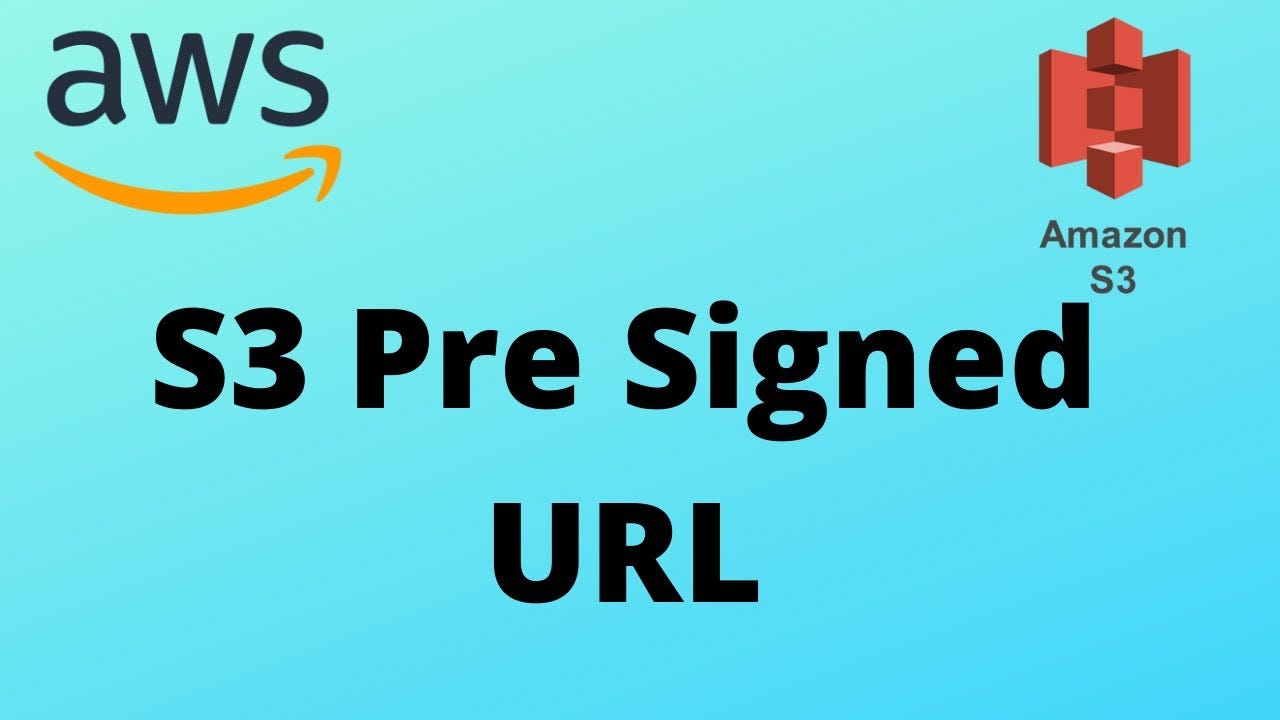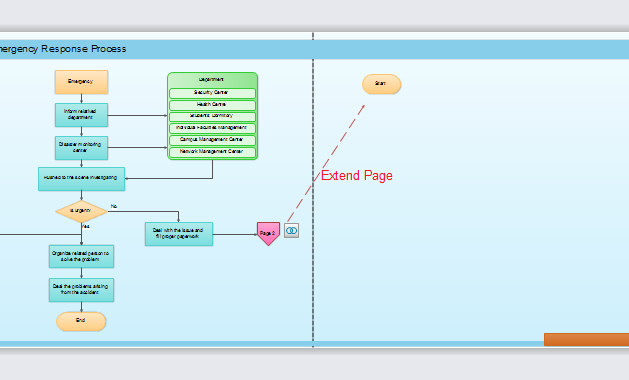
In an age where digital content is more abundant than ever, the challenge of proving originality and ownership has become increasingly complex. From AI-generated articles to viral videos, the line between authentic creation and replication is often blurred. Enter Web3 Content Signature, a groundbreaking innovation that leverages blockchain technology to authenticate content ownership in a secure, transparent, and tamper-proof manner.
This article explores what Web3 Content Signature is, how it works, and why it’s becoming a critical tool for creators, brands, and developers in the evolving digital landscape. Whether you’re a content creator, marketer, or tech enthusiast, understanding this concept will help you navigate the future of digital trust.
What Is Web3 Content Signature and Why It Matters
A Web3 Content Signature is a cryptographic proof that verifies the authenticity and ownership of digital content using blockchain technology. Unlike traditional methods of content verification—such as watermarks, copyrights, or centralized platforms—Web3 Content Signatures provide a decentralized, immutable record of when and by whom a piece of content was created.
At its core, this system uses public-key cryptography and blockchain immutability to create a unique digital fingerprint for each piece of content. This signature is then stored on a blockchain, making it nearly impossible to alter or forge. For example, if a creator uploads a video to a blockchain-based platform, the system generates a hash (a unique string of characters) that represents the video’s content. This hash is then signed with the creator’s private key and recorded on the blockchain.
Why does this matter?
- Authenticity: Creators can prove they are the original authors of their work.
- Ownership: Digital assets can be tracked and verified across multiple platforms.
- Transparency: All stakeholders, including consumers, can verify the origin of content.
- Monetization: Creators can securely sell or license their work without fear of theft or misattribution.
In a world where content is easily copied, shared, and repurposed, Web3 Content Signature offers a powerful solution to protect intellectual property and ensure fair compensation.
How Web3 Content Signature Impacts SEO Performance
While the primary purpose of Web3 Content Signature is to authenticate content ownership, its implications extend far beyond just legal protection. In the realm of SEO and content marketing, this technology can have a significant impact on visibility, engagement, and user trust.
Here’s how:
1. Enhanced Trust and Credibility
Search engines like Google prioritize content that is authoritative, trustworthy, and original. A Web3 Content Signature serves as a digital seal of authenticity, which can improve a website’s credibility in the eyes of both users and search algorithms. When users see that a piece of content is verified and owned by a legitimate source, they’re more likely to engage with it, leading to better dwell time and lower bounce rates—both key ranking signals.
2. Improved Content Indexing
Blockchain-based content signatures can also aid in content discovery. By linking content to a unique identifier on the blockchain, search engines can more accurately index and rank content based on its true origin. This is especially valuable for long-tail keywords and niche topics, where content quality and originality are paramount.
3. Better Monetization Opportunities
Content creators who use Web3 Content Signatures can more easily track and monetize their work through micropayments and NFTs. This not only increases revenue potential but also encourages high-quality content creation, which is a win for both creators and search engines.
4. Reduction of Duplicate Content Issues
One of the biggest challenges in SEO is duplicate content. With Web3 Content Signature, each piece of content has a unique, verifiable identity, reducing the risk of being penalized for plagiarism or duplication.
Step-by-Step Implementation Framework
Implementing Web3 Content Signature involves several steps, from choosing the right tools to integrating them into your workflow. Here’s a practical guide:
1. Define or Audit the Current Situation
- Identify the types of content you produce (articles, videos, podcasts, etc.).
- Assess your current content authentication methods (e.g., watermarks, copyright notices).
- Determine which pieces of content would benefit most from a Web3 signature.
2. Apply Tools, Methods, or Tactics
- Choose a blockchain platform (e.g., Ethereum, Polygon, IPFS).
- Use a service like Textile, IPFS, or Arweave to store and timestamp your content.
- Implement a digital signature API such as Signer.io or Blocksign to generate and verify signatures.
3. Measure, Analyze, and Optimize
- Track engagement metrics (time on page, bounce rate, shares) before and after implementation.
- Monitor traffic sources and see if verified content performs better in search results.
- Adjust your strategy based on data—experiment with different types of content and platforms.
Real or Hypothetical Case Study
Let’s imagine a hypothetical scenario involving a content marketing agency called DigitalEdge Media. The agency specializes in creating thought leadership articles for B2B clients. However, they often face issues with content theft, where competitors republish their articles without attribution.
To solve this, DigitalEdge implements a Web3 Content Signature system. Every article they publish is hashed, signed with a private key, and stored on the Ethereum blockchain. They also embed a QR code on each article that links to the blockchain record.
The result? Within six months, the agency sees a 25% increase in organic traffic and a 30% drop in content theft incidents. Clients also report higher trust levels, leading to more long-term partnerships.
Tools and Techniques for Web3 Content Signature
Several tools and platforms are available to help creators implement Web3 Content Signatures. Here are four of the most effective ones:
- Blocksign – A simple tool for signing and verifying digital content on the blockchain.
- Textile – Enables content storage and distribution with built-in verification features.
- IPFS (InterPlanetary File System) – A decentralized file storage protocol that integrates well with blockchain.
- Polygon – A scalable blockchain platform ideal for content creators looking for low-cost transactions.
Each of these tools offers unique benefits, so it’s worth experimenting to find the best fit for your needs.
Future Trends and AI Implications
As AI continues to reshape content creation, the need for robust authentication mechanisms becomes even more pressing. Web3 Content Signature is poised to play a crucial role in this evolution.
Imagine a future where every AI-generated article, video, or podcast is automatically signed and verified on the blockchain. This would not only prevent deepfake content but also help users distinguish between human and machine-generated material.
Moreover, as search engines evolve to incorporate AI-driven ranking systems, content that is verified via blockchain may receive preferential treatment. This could lead to a new era of AI-enhanced SEO, where trust and authenticity are as important as keyword optimization.
For content creators, the takeaway is clear: embrace Web3 Content Signature now to stay ahead of the curve.
Key Takeaways
- Web3 Content Signature uses blockchain to authenticate and verify the ownership of digital content.
- It enhances trust, transparency, and security in the digital content ecosystem.
- Implementing this technology can improve SEO performance by boosting credibility and reducing duplicate content issues.
- Several tools, such as Blocksign and IPFS, make it easy to integrate Web3 Content Signatures into your workflow.
- As AI and blockchain continue to converge, Web3 Content Signature will become an essential tool for creators and marketers alike.
Meta Title: Web3 Content Signature — Authenticates Ownership via Blockchain?
Meta Description: Learn how Web3 Content Signature uses blockchain to authenticate digital content and protect ownership in the modern digital landscape.
SEO Tags: Web3 Content Signature, Blockchain Authentication, Digital Ownership, Content Verification, Web3 Technology
Internal Link Suggestions:
– [Topical Depth & Relevance]
– [Semantic Keyword Mapping]
– [E-E-A-T Signals]
External Source Suggestions:
– https://ethereum.org/
– https://ipfs.tech/
– https://blocksign.com/
![]()








